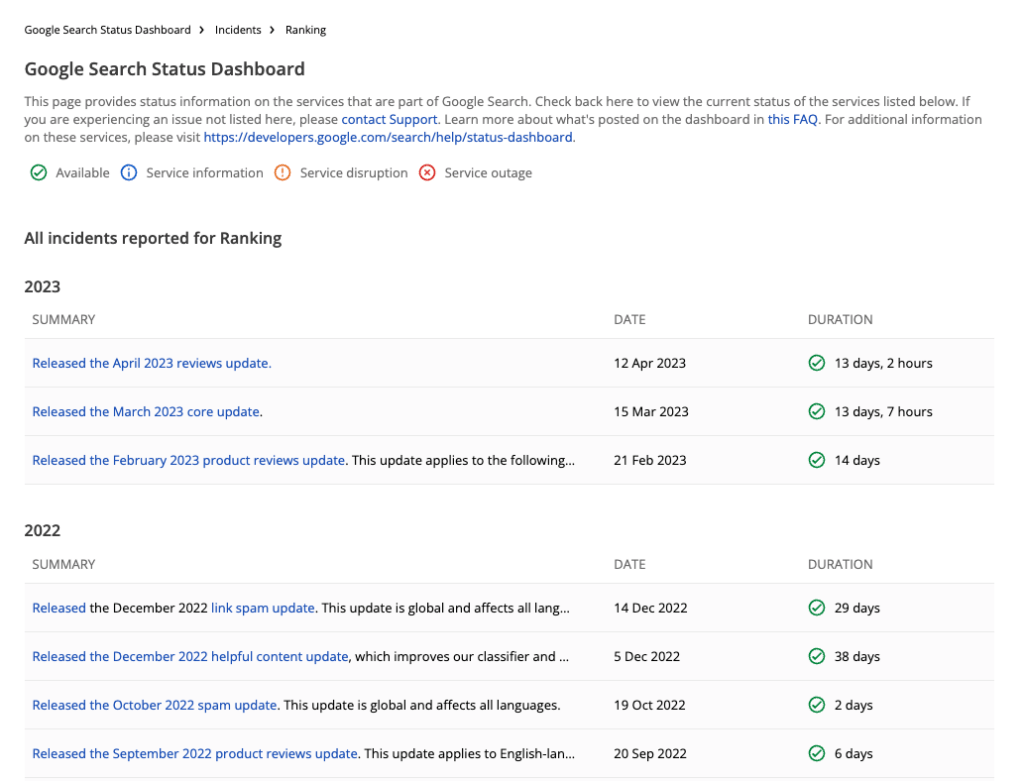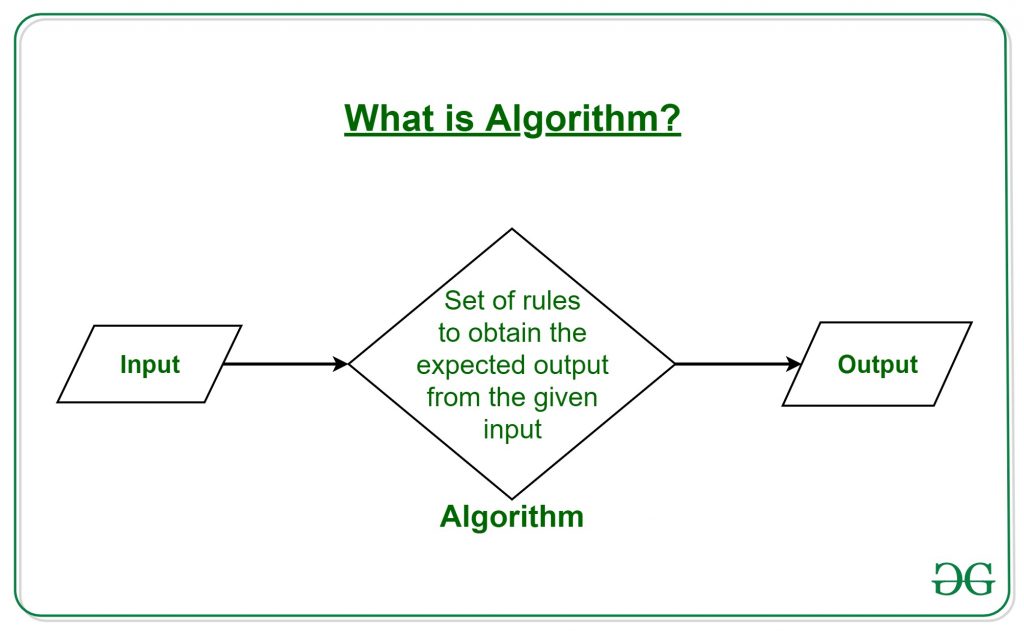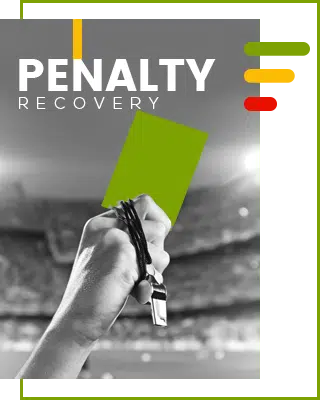
In the ever-evolving landscape of digital marketing, a Google algorithm update can feel like a sudden storm at sea. One day you're cruising along, enjoying steady traffic and top rankings, and the next, you're hit with a wave of ranking fluctuations, leaving you scrambling to understand what went wrong. But don't abandon ship just yet. With the right strategy and a bit of elbow grease, you can weather the storm and set your website back on course. Let's dive into how to recover from a Google algorithm update.
Understanding Google Algorithm Updates
Google's algorithm is a complex system that determines which pages rank highest in search results. Updates to this algorithm can significantly impact your website's visibility. These updates aim to improve the quality of search results, but they can sometimes leave webmasters feeling penalized.
Identifying an Algorithm Change
The first step in recovery is identifying whether your site has been affected by an algorithm change. Sudden drops in traffic or ranking fluctuations are telltale signs. Tools like Google Search Console can provide insights into your site's performance and any potential issues.
Conducting a Thorough Content Audit
A content audit is crucial for understanding what might be causing your site to underperform. This involves reviewing all the content on your site to ensure it meets Google's quality guidelines.
Evaluating Content Quality
High-quality content is key to recovering from an algorithm update. Ask yourself: Does your content provide value to users? Is it well-researched and accurate? Does it engage readers and encourage them to stay on your site? If not, it's time to revamp your content strategy.
Removing or Updating Low-Quality Content
Low-quality or outdated content can drag down your entire site's performance. Identify and either update or remove these pages. Quality over quantity is the name of the game here.
Technical SEO: The Backbone of Recovery
Technical SEO ensures that your site is easily crawlable and indexable by search engines. This is the backbone of your recovery strategy.
Optimizing Site Speed
Slow-loading pages can significantly impact your rankings. Use tools like Google PageSpeed Insights to identify and fix speed issues.
Ensuring Mobile-Friendliness
With mobile searches on the rise, having a mobile-friendly site is non-negotiable. Use Google's Mobile-Friendly Test to ensure your site is up to par.
Fixing Broken Links and 404 Errors
Broken links and 404 errors can frustrate users and signal to Google that your site is poorly maintained. Regularly audit your site for these issues and fix them promptly.
Leveraging Google Search Console
Google Search Console is a powerful tool for monitoring your site's performance and identifying issues that may be affecting your rankings.
Monitoring Performance
Regularly check your site's performance in Search Console. Look for any sudden drops in impressions or clicks, which could indicate a problem.
Submitting Sitemaps
Submitting a sitemap helps Google understand the structure of your site and ensures that all your pages are indexed. Make sure your sitemap is up-to-date and free of errors.
Building High-Quality Backlinks
Backlinks are a crucial ranking factor. However, not all backlinks are created equal. Focus on building high-quality, relevant backlinks.
Disavowing Toxic Links
Toxic or spammy backlinks can harm your site's reputation. Use tools like Ahrefs or Moz to identify and disavow these links.
Earning Natural Links
The best way to build high-quality backlinks is to create content that naturally attracts links. This could be through guest blogging, infographics, or comprehensive guides.
Engaging with Your Audience
User engagement is a key ranking factor. The more engaged your audience is, the better your site will perform.
Encouraging Comments and Shares
Encourage your readers to leave comments and share your content. This not only boosts engagement but also signals to Google that your content is valuable.
Improving User Experience
A positive user experience can significantly improve your rankings. Ensure your site is easy to navigate, visually appealing, and provides a seamless user experience.
Conclusion
Recovering from a Google algorithm update is no small feat, but with a strategic approach and a commitment to quality, it's entirely possible. By conducting a thorough content audit, optimizing your technical SEO, leveraging Google Search Console, building high-quality backlinks, and engaging with your audience, you can set your site back on the path to success.
Remember, SEO is a marathon, not a sprint. It takes time and consistent effort to see results. But with patience and persistence, you can weather any storm and come out stronger on the other side.
FAQs
How long does it take to recover from a Google algorithm update?
- The time it takes to recover can vary widely depending on the severity of the issues and the effectiveness of your recovery strategy. It could take anywhere from a few weeks to several months.
What is the most important factor in recovering from an algorithm update?
- High-quality content is arguably the most important factor. Ensuring your content provides value to users and meets Google's quality guidelines is crucial.
How can I tell if my site has been penalized by a Google algorithm update?
- Sudden drops in traffic or ranking fluctuations are common signs. Tools like Google Search Console can provide insights into your site's performance and any potential issues.
Should I focus on quantity or quality when it comes to backlinks?
- Quality is far more important than quantity. Focus on building high-quality, relevant backlinks from reputable sources.
What is the role of user engagement in SEO?
- User engagement is a key ranking factor. The more engaged your audience is, the better your site will perform. Encourage comments, shares, and improve the overall user experience to boost engagement.


0 Komentar